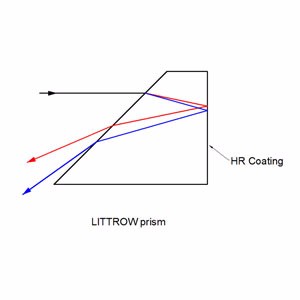“Doctor, I’ve been cutting steel on a construction site for months. Even when I haven’t worked, my ears have been buzzing,†said Liu Daben from Huai’an, who rushed to the Andemen labor market yesterday. At the occupational disease prevention and treatment clinic, staff asked him questions. The hospital’s representative told the reporter that pneumoconiosis and occupational chemical poisoning are two of the most common occupational diseases in the city. With rising urban noise pollution, the number of cases related to occupational ENT (ear, nose, and throat) diseases has also increased significantly.
According to reports, occupational diseases refer to illnesses caused by workers’ exposure to dust, radioactive materials, or other harmful substances during their work. As China continues to develop economically and socially, the variety and complexity of hazardous factors have grown. At the end of last year, the National Health and Family Planning Commission, along with other departments, revised the list of occupational diseases, which now includes 10 categories. This update added 18 new diseases, including AIDS—though it is only recognized for medical staff and police officers. The top 10 include: pneumoconiosis, occupational radiation diseases, occupational accidents, diseases caused by physical factors, biological agents, skin diseases, eye diseases, ENT diseases, occupational tumors, and others.
Yesterday, the reporter observed many people working with computers rushing to the event, asking, “I've had severe cervical spondylosis from sitting in front of the computer for long hours—can this be considered an occupational disease?†Chen Ying raised this question, and Pang Yan responded that cervical spondylosis is not listed as an official occupational disease. It may be classified as an occupation-related condition but does not qualify as an actual occupational disease under current regulations.
“Pneumoconiosis still remains one of the top occupational diseases in our city,†said Pang Yan, director of the Medical Service Department at the Municipal Vocational and Technical Hospital. He mentioned that nearly 30 cases were diagnosed last year, an increase of about 10 compared to the previous year. Occupational chemical poisoning follows closely behind. Most of the affected individuals come from industries such as building materials, non-ferrous metals, and mechanical processing. “In our survey, we found that these workers are not only unaware of the potential hazards at their workplaces but also lack sufficient understanding of the importance of occupational protection during production,†he explained.
This website solemnly declares: This article is a reprint from online media and only represents the author's point of view. It has no relation to this site. If any news articles or comments infringe upon your legal rights, please contact us, and we will handle the issue promptly.
Littrow prisms feature 30°, 60°, and 90° angles .30° - 60° - 90° Littrow Dispersion Prisms can be used for a variety of applications. Uncoated littrow dipersion prisms are used to disperse light into its component spectrum. Coated littrow dipersion prisms are used to deviate the line of sight by 60°.
Dispersion Prisms (Uncoated)
Collimated white light enters into the A-C surface of the prism, is reflected at the hypotenuse surface, and then dispersed into its component spectrum at the B-C surface. Although Littrow prisms produce narrower dispersion than equilateral prisms, Littrow prisms are typically less expensive.
Beam Deviation Prisms (Coated)
Incident light enters into the aluminum coated B-C surface of the prism at the nominal angle and returns back using the same path. In spectrum dispersion applications utilizing white light, the resolution performance of Littrow prisms is equal to equilateral prisms since the optical path length through the glass substrate is the same distance round-trip. Additionally, light entered into the A-C surface will reflect twice inside the glass substrate before being emitted through the hypotenuse surface at 60°.
                                 
Â
Dispersion Prism,Optical Dispersion Prisms,Beam Deviation Prisms,Inked Dispersion Prism
China Star Optics Technology Co.,Ltd. , https://www.csoptlens.com